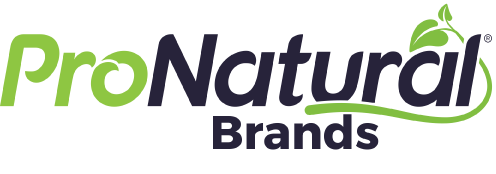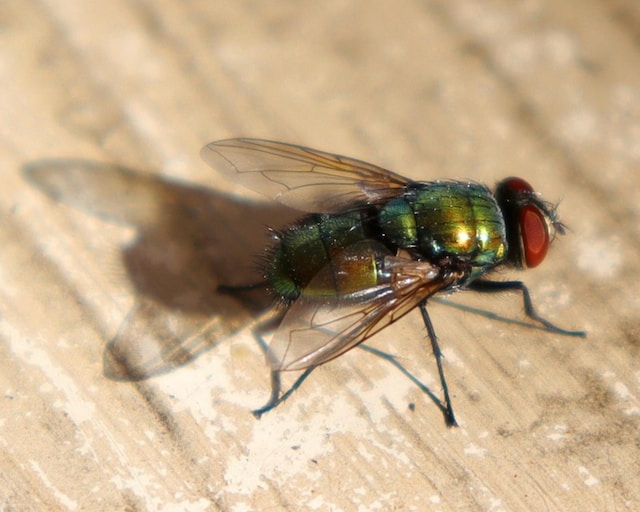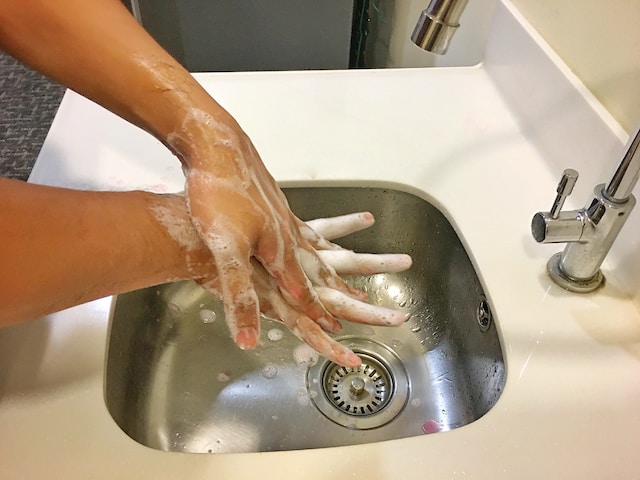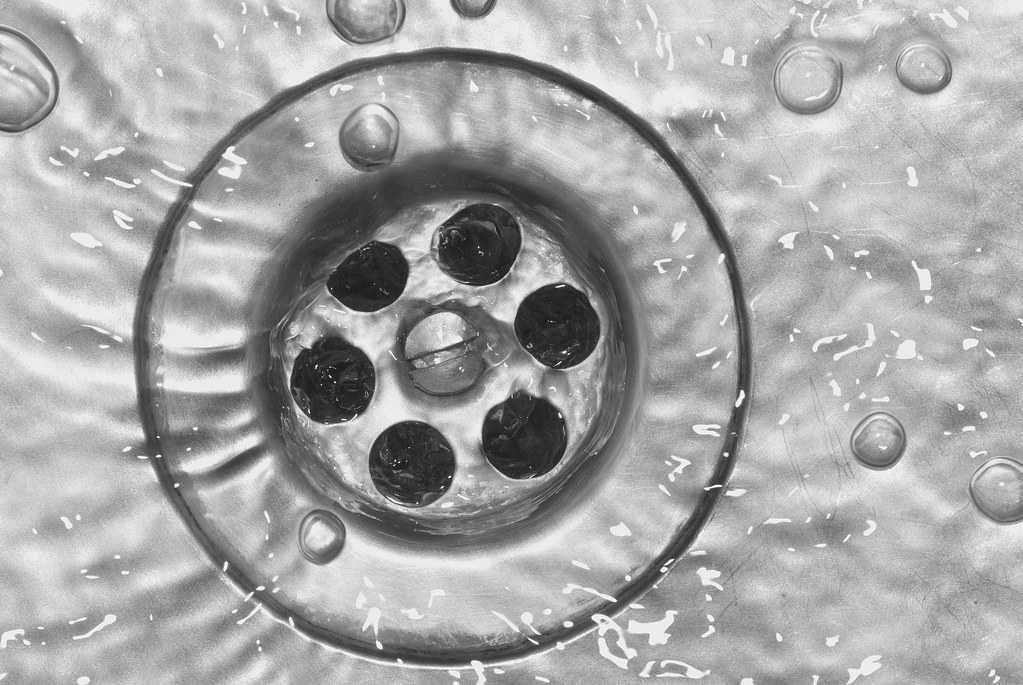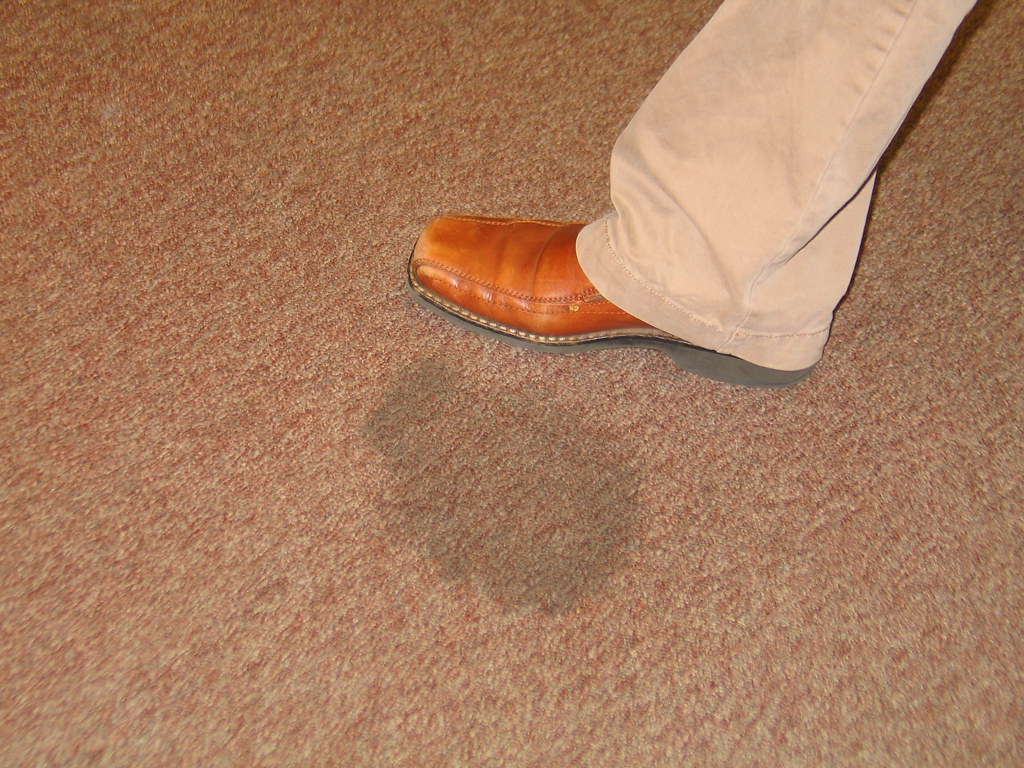“For many, a review of cleaning, sanitizing,
and disinfecting ‘best practices,’ may be called for.”
With the pandemic hopefully in the rear-view mirror, cleaning professionals are re-evaluating what they did right to stop the spread of the disease and what may need to be reconsidered. This is especially true when it comes to the use of disinfectants.
“For many in the professional cleaning industry, a review of cleaning, sanitizing, and disinfecting ‘best practices,’ may be called for,” says Lee Chen, President, and COO of ProNatural Brands, manufacturers of natural, sustainable cleaning solutions designed to protect human health and the environment. “Fortunately, we can follow some general guidelines to accomplish this.”
Among Chen’s suggestions are the following:
- Determine when and where disinfectants are needed. During the pandemic, cleaning professionals often overused disinfectants. That’s harmful to the user and the environment.
- Clean first. Not only does this help disinfectants work better, but it may eliminate the need for disinfectants. Effective cleaning is usually sufficient to eliminate more than 80 percent of the microbes and pathogens on a surface. 1
- Evaluate current disinfectants in use and look for safer alternatives. Target for elimination any disinfectants that contain chlorine bleach, quaternary ammonium chloride compounds (quats), and peroxyacetic acid. Safer alternatives include hydrogen peroxide, lactic acid, caprylic acid, and citric acid. Citric acid is now found in more professional and consumer disinfectants because it is environmentally friendly, biodegradable, and effective.
- Follow label instructions closely. This typically applies to dilution ratios and dwell time. During the pandemic, many disinfectants were not appropriately diluted. Too much or too little can eliminate the effectiveness of the product. As to dwell time, if a disinfectant is wiped or rinsed from a surface before the required dwell time, it will not effectively kill the germs, pathogens, and bacteria on that surface.
- Select concentrated disinfectants. Invariably, concentrated cleaning solutions, including disinfectants, are the most cost-effective purchasing option. Concentrates are also more environmentally preferable because they reduce the need to ship large volumes of cleaning solutions over long distances.
“While it is recommended to clean surfaces first and then disinfect, some disinfectants can be used to both clean and disinfect,” adds Chen. “This can be a major time-saver, improving worker productivity considerably.”
1 US Environmental Protection Agency, Environmental Best Practices for Health Care Facilities: Using Microfiber Mops in Hospitals. PDF file. November 2002. https://archive.epa.gov/region9/waste/archive/web/pdf/mops.pdf.
###
About ProNatural Brands
Since its beginning in 2012, ProNatural Brands has developed a full line of 100% naturally derived disinfectants, sanitizers, and cleaning products with patented, citrus formulas for the foodservice, healthcare, education, and hospitality industries, as well as for the consumer market. These products contain no chlorine, bleach or quats. Further, ProNatural Brand’s products have been scientifically proven to be effective and a safer alternative for the user’s health and the environment.
